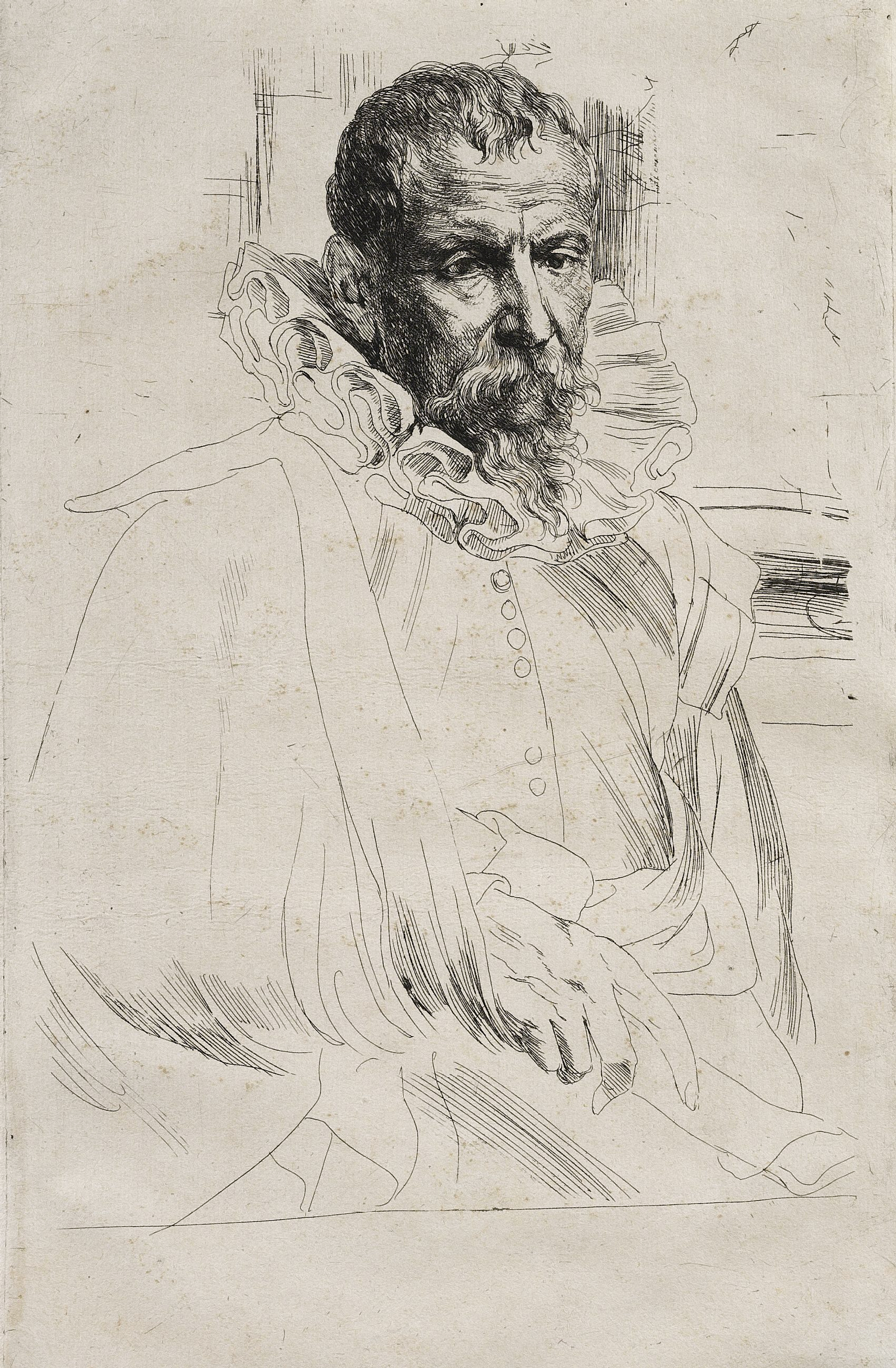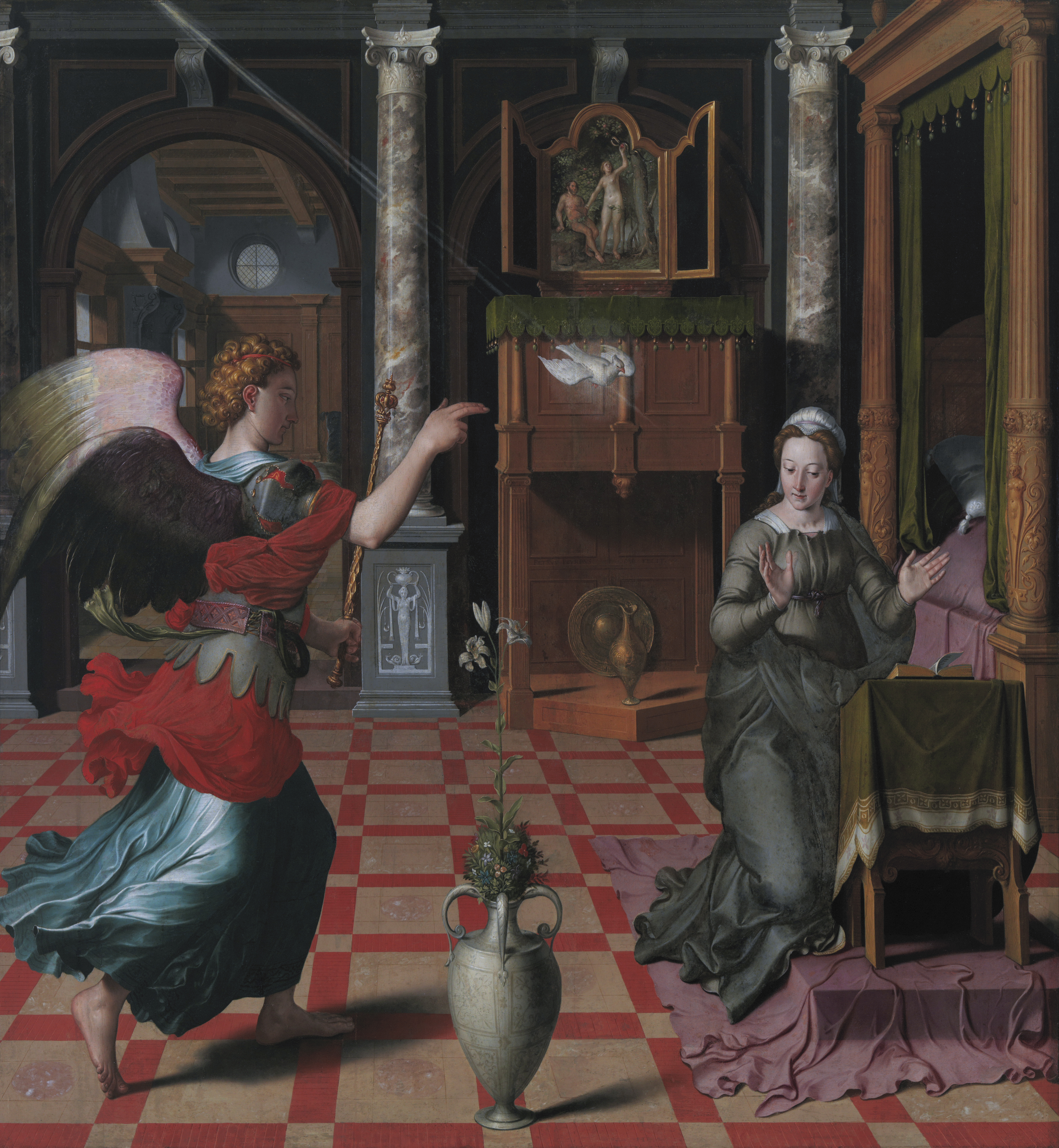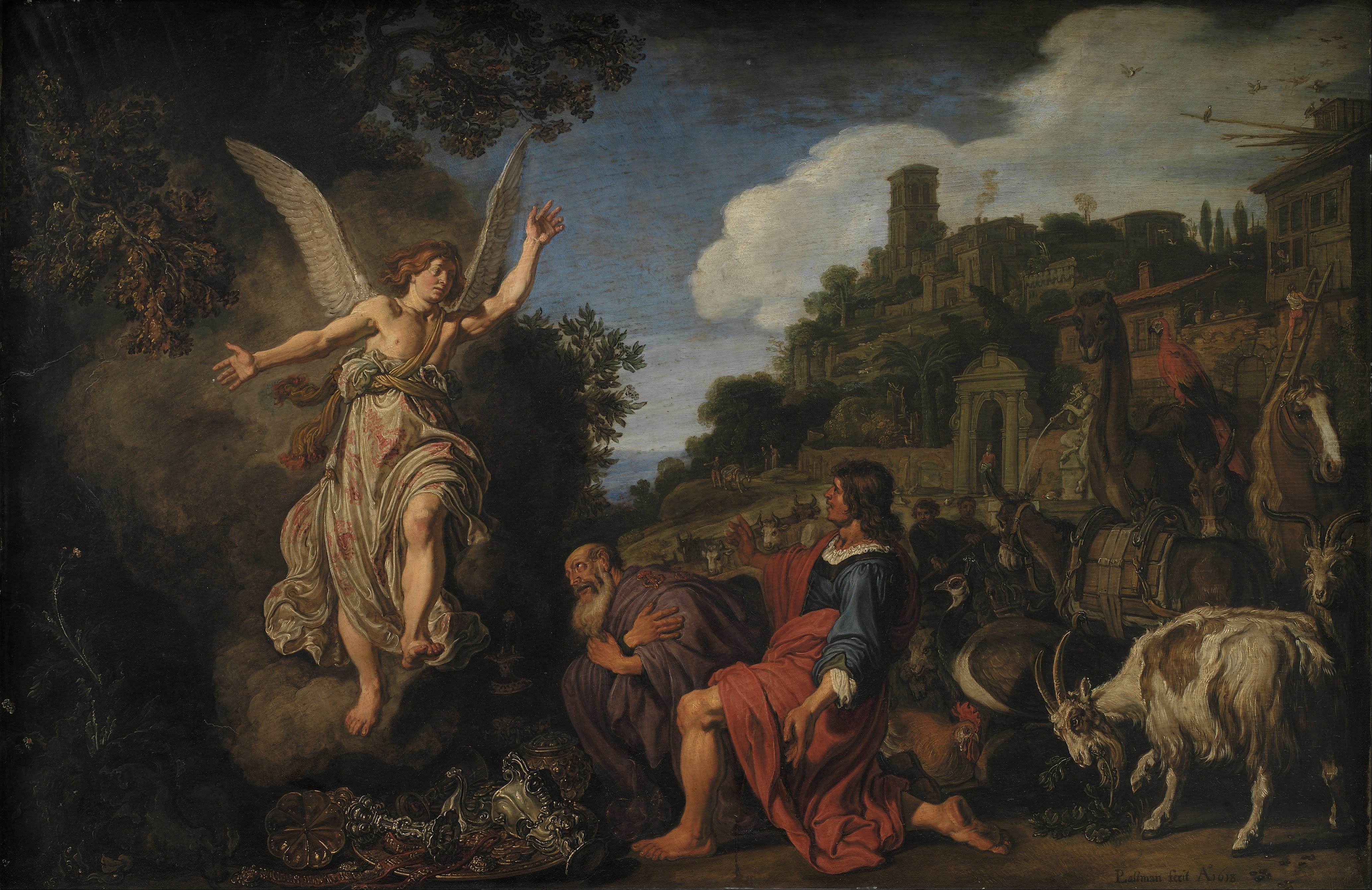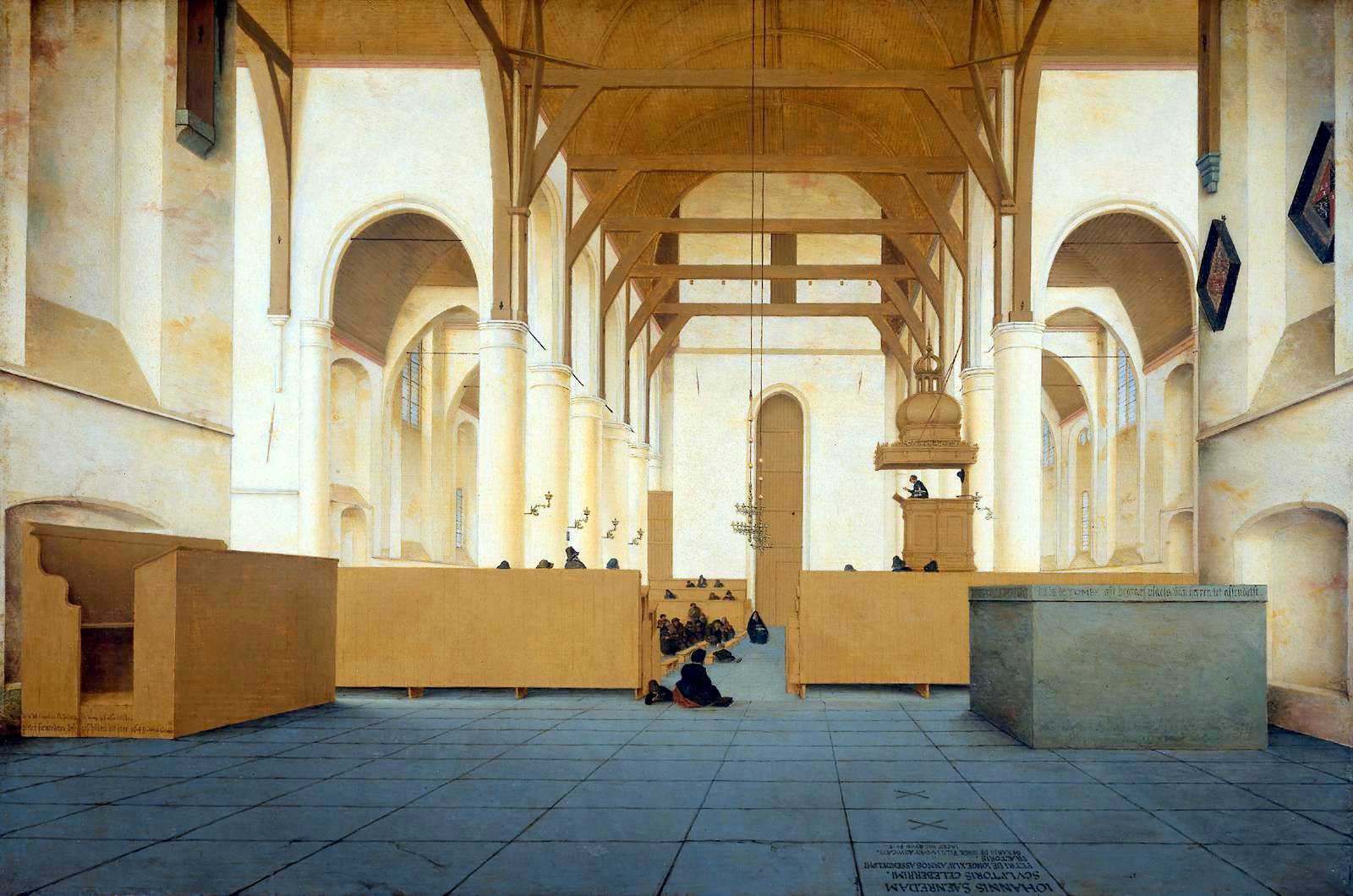|
Pieter
Pieter is a male given name, the Dutch form of Peter. The name has been one of the most common names in the Netherlands for centuries, but since the mid-twentieth century its popularity has dropped steadily, from almost 3000 per year in 1947 to about 100 a year in 2016. at the Corpus of First Names in The Netherlands Some of the better known people with this name are below. See for a longer list. * (?-1332), Flemish revolutionary * (c. 1480–1572), Flemish Franciscan missionary in Mexico known as "Pedro de Gante" * |
Pieter Brueghel The Younger
Pieter Brueghel (also Bruegel or Breughel) the Younger (, ; ; between 23 May and 10 October 1564 – between March and May 1638) was a Flemish painter, known for numerous copies after his father Pieter Bruegel the Elder's work as well as his original compositions. The large output of his studio, which produced for the local and export market, contributed to the international spread of his father's imagery. Traditionally Pieter Brueghel the Younger has been nicknamed "de helse Brueghel" or "Hell Brueghel" because it was believed he was the author of several paintings with fantastic depictions of fire and grotesque imagery. These paintings have now been attributed to his brother Jan Brueghel the Elder.Alexander Wied and Hans J. Van Miegroet. "Jan Breughel I." Grove Art Online. Oxford Art Online. Oxford University Press. Web. 11 July 2014.Larry Silver, ''Peasant Scenes and Landscapes: The Rise of Pictorial Genres in the Antwerp Art Market'', University of Pennsylvania Press, ... [...More Info...] [...Related Items...] OR: [Wikipedia] [Google] [Baidu] |
Pieter Bruegel The Elder
Pieter Bruegel (also Brueghel or Breughel) the Elder (, ; ; – 9 September 1569) was the most significant artist of Dutch and Flemish Renaissance painting, a painter and printmaker, known for his landscapes and peasant scenes (so-called genre painting); he was a pioneer in making both types of subject the focus in large paintings. He was a formative influence on Dutch Golden Age painting and later painting in general in his innovative choices of subject matter, as one of the first generation of artists to grow up when religious subjects had ceased to be the natural subject matter of painting. He also painted no portraits, the other mainstay of Netherlandish art. After his training and travels to Italy, he returned in 1555 to settle in Antwerp, where he worked mainly as a prolific designer of prints for the leading publisher of the day. Only towards the end of the decade did he switch to make painting his main medium, and all his famous paintings come from the following perio ... [...More Info...] [...Related Items...] OR: [Wikipedia] [Google] [Baidu] |
Pieter Coecke Van Aelst
Pieter Coecke van Aelst or Pieter Coecke van Aelst the Elder ( Aalst, 14 August 1502 – Brussels, 6 December 1550) was a Flemish painter, sculptor, architect, author and designer of woodcuts, goldsmith's work, stained glass and tapestries.Pieter Coecke van Aelst (I) at the His principal subjects were Christian religious themes. He worked in Antwerp and Brussels and was appointed to |
Pieter Pourbus
Pieter Jansz. Pourbus (c. 1523–1584) was a Flemish Renaissance painter, draftsman, engineer and cartographer who was active in Bruges during the 16th century. He is known primarily for his religious and portrait paintings.Pieter Pourbus at the Life Birth and origin Pieter Pourbus was born in Gouda in 1523 or 1524. He moved to Bruges at the age of 20. Very little is known of his childhood and youth while living in Gouda; contemporary artists such as |
Pieter Van Laer
Pieter Bodding van Laer (christened 14 December 1599, Haarlem – 1641 or later) was a Dutch painter and printmaker. He was active in Rome for over a decade and was known for genre scenes, animal paintings and landscapes placed in the environs of Rome.Pieter van Laer at the Pieter van Laer was an active member of the association of Flemish and Dutch artists in Rome known as the . His nickname in this group ("bent name") was Il Bamboccio. The style of genre painting he introduced was followed by other Northe ... [...More Info...] [...Related Items...] OR: [Wikipedia] [Google] [Baidu] |
Pieter Nuyts
Pieter Nuyts or Nuijts (born 1598 – 11 December 1655) was a Dutch Exploration, explorer, diplomat and politician. He was part of a landmark expedition of the Dutch East India Company in 1626–27 which mapped the southern coast of Australia. He became the Dutch ambassador to Japan in 1627, and he was appointed governor of Formosa in the same year. Later he became a controversial figure because of his disastrous handling of official duties, coupled with rumours about private indiscretions. He was disgraced, fined and imprisoned, before being made a scapegoat to ease strained Dutch relations with the Japanese. He returned to the Dutch Republic in 1637, where he became the mayor of Hulster Ambacht and of Hulst. He is chiefly remembered today in the place names of various points along the southern Australian coast, named for him after his voyage of 1626–27. During the early 20th century, he was vilified in Japanese school textbooks in Taiwan as an example of a "typical arrogant ... [...More Info...] [...Related Items...] OR: [Wikipedia] [Google] [Baidu] |
Pieter Lastman
Pieter Lastman (1583–1633) was a Dutch language, Dutch painter. Lastman is considered important because of his work as a painter of history pieces and because his pupils included Rembrandt and Jan Lievens. In his paintings Lastman paid careful attention to the faces, hands and feet. Early life Pieter Lastman was born in Amsterdam. He was the fourth child of Pieter Segersz, (1548-1624), a town-beadle who was dismissed in 1578 for being a Catholic. His mother, Barber Jacobsdr, (1549-1624) was an appraiser of paintings and goods. Education and Italy His apprenticeship was with Gerrit Pietersz Sweelinck, the brother of Jan Pieterszoon Sweelinck. Between approximately 1604 and 1607 Lastman was in Italy, where he was influenced by Caravaggio (as were the painters of the Utrecht School a few years later) and by Adam Elsheimer. Back in Amsterdam Back in Amsterdam he moved in with his mother in the Sint Antoniesbreestraat, living next to mayor Geurt van Beuningen. Lastman never ... [...More Info...] [...Related Items...] OR: [Wikipedia] [Google] [Baidu] |
Pieter Aertsen
Pieter Aertsen (1508 – 2 June 1575), called ''Lange Piet'' ("Tall Pete") because of his height, was a Dutch painter in the style of Northern Mannerism. He is credited with the invention of the monumental genre scene, which combines still life and genre painting and often also includes a biblical scene in the background. He was active in his native city Amsterdam but also worked for a long period in Antwerp, then the centre of artistic life in the Netherlands. His genre scenes were influential on later Flemish Baroque painting, Dutch still life painting and also in Italy. His peasant scenes preceded by a few years the much better-known paintings produced in Antwerp by Pieter Bruegel the Elder. Career Aertsen was born in Amsterdam, and was apprenticed to Allaert Claesz. He later travelled to the Southern Netherlands and took up residence in Antwerp, first with his compatriot Jan Mandijn. Aertsen became a member of Antwerp's Guild of Saint Luke. In the official books of the G ... [...More Info...] [...Related Items...] OR: [Wikipedia] [Google] [Baidu] |
Pieter Jansz Saenredam
Pieter Jansz. Saenredam (9 June 1597 – buried 31 May 1665) was a painter of the Dutch Golden Age, known for his distinctive paintings of whitewashed church interiors such as ''Interior of St Bavo's Church in Haarlem'' and '' Interior of the Sint-Odulphuskerk in Assendelft''. Biography Saenredam was born in Assendelft, the son of the Northern Mannerist printmaker and draughtsman Jan Pietersz Saenredam whose sensuous naked goddesses are in great contrast with the work of his son. In 1612 Saenredam moved permanently to Haarlem, where he became a pupil of Frans de Grebber. In 1623 he became a member of the Haarlem Guild of St. Luke. A drawing in the British Museum by his friend Jacob Van Campen shows him to be very short and hunch backed. He died in Haarlem. Saenredam was a contemporary of the painter-architects Jacob van Campen, Salomon de Bray, and Pieter Post. Saenredam specialized in the representation of church interiors. These pictures were based on precise measurements ... [...More Info...] [...Related Items...] OR: [Wikipedia] [Google] [Baidu] |
Pieter Claesz
Pieter Claesz (c. 1597 – 1 January 1660) was a Dutch Golden Age painter of still lifes. Biography He was born in Berchem, Belgium, near Antwerp, where he became a member of the Guild of St. Luke in 1620. He moved to Haarlem in 1620, where his son, the landscape painter Nicolaes Pieterszoon Berchem was born (October 1).Pieter Claesz entry in the Netherlands Institute for Art History, RKD He and Willem Claeszoon Heda, who also worked in Haarlem, were the most important exponents of the "ontbijt" or dinner piece. They painted with subdued, virtually monochromatic palettes, the subtle handling of light and texture being the prime means of expression. Claesz generally chose objects of a more hospitable kind than Heda, although his later work became more colourful and decorative. Claesz's still lifes ... [...More Info...] [...Related Items...] OR: [Wikipedia] [Google] [Baidu] |
Pieter De Grebber
Pieter Fransz de Grebber (c.1600–1652/3Between September 24, 1652, and January 29, 1653) was a Dutch Golden Age painter. Life De Grebber was born in Haarlem, the oldest son of Frans Pietersz de Grebber (1573–1643), a painter and embroiderer in Haarlem, and the brother of the painters Maria and Albert.Pieter de Grebber in the He learned to paint from his father and from . He was descended from a Catholic and artistic family, the De Grebbers, originally from |
Pieter De Carpentier
Pieter de Carpentier (19 February 1586 – 5 September 1659) was a Dutch administrator of the Dutch East India Company (VOC) who served as Governor-General there from 1623 to 1627. The Gulf of Carpentaria in northern Australia is named after him. Pieter de Carpentier was born in Antwerp in 1586, shortly after the fall of the city to the Spaniards. He studied philosophy in Leiden, from 1603. In 1616 he sailed on board the sailing vessel ''De Getrouwheid'' to Indonesia. There he had a number of functions, including Director-General of the Trade, Member to the Council of the Indies, and member of the Council of Defence. From 1 February 1623 to 30 September 1627 he was the fifth Governor-General of the Dutch East Indies. He participated in the conquest of Jakarta and helped to build the town of Batavia. He did much for the town, including setting up a school, a Town Hall, and the first Orphanage Home. He also designed the structure of the churches in the town. On 12 November 1627 Pie ... [...More Info...] [...Related Items...] OR: [Wikipedia] [Google] [Baidu] |







